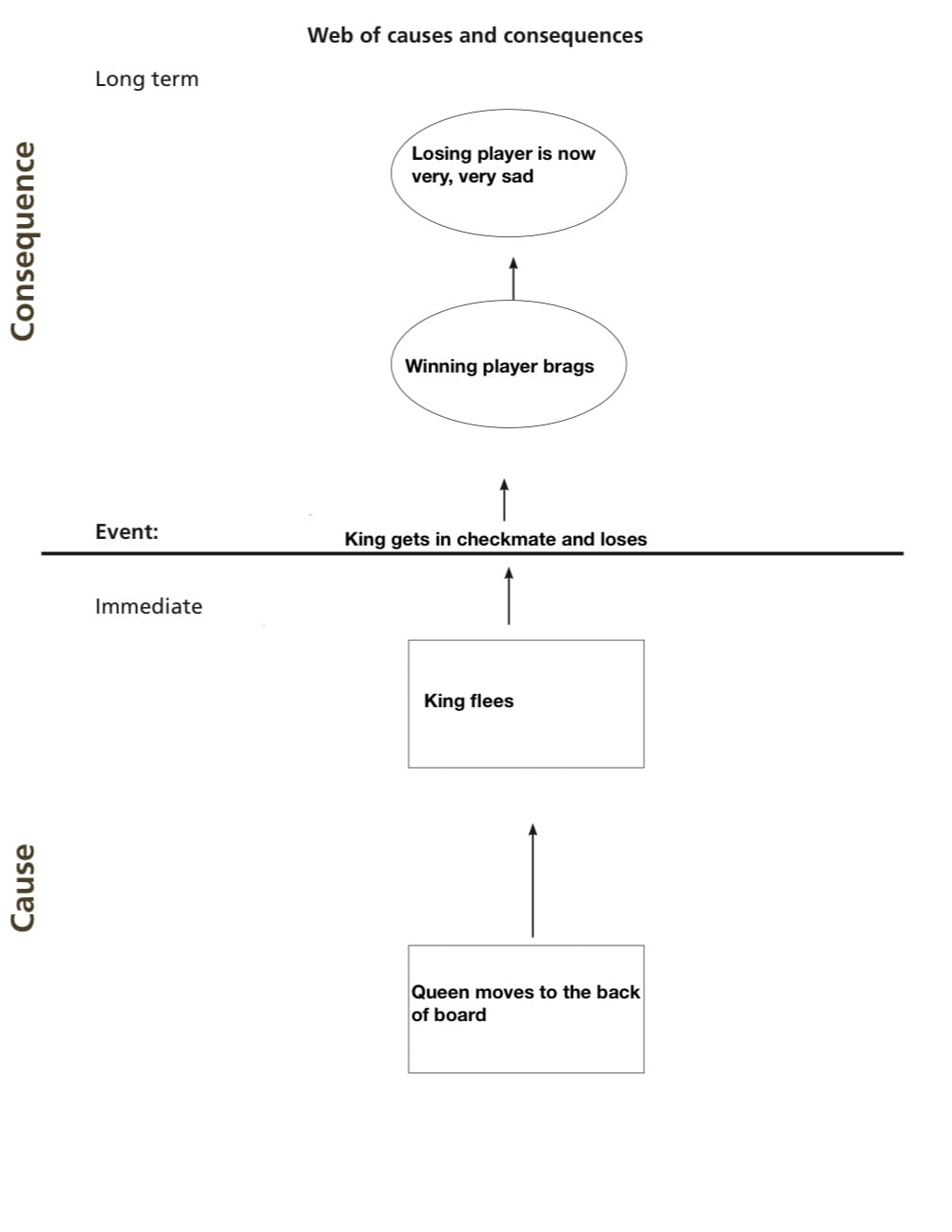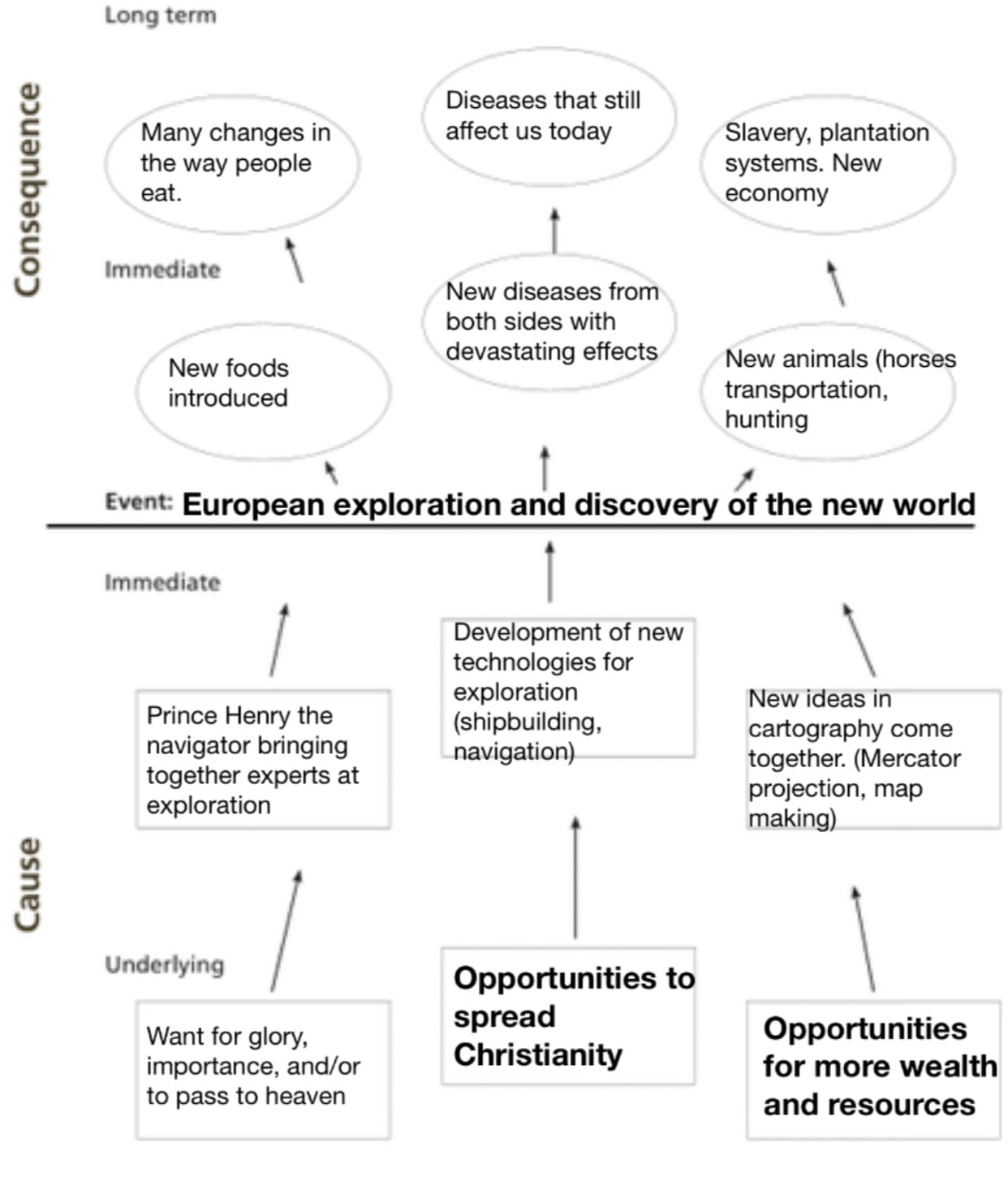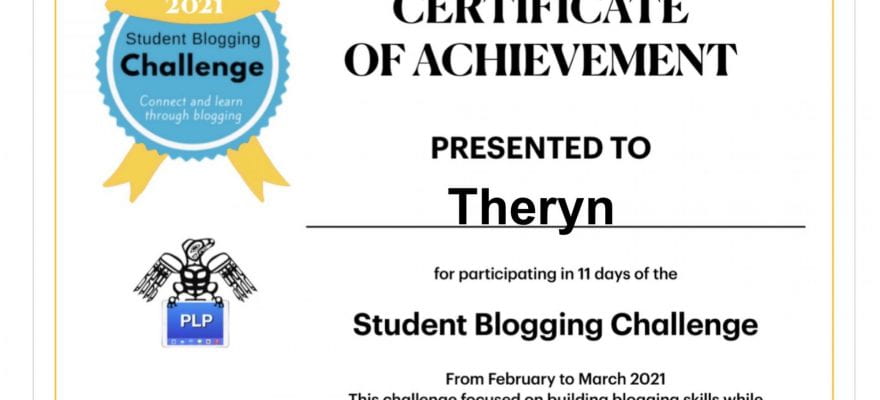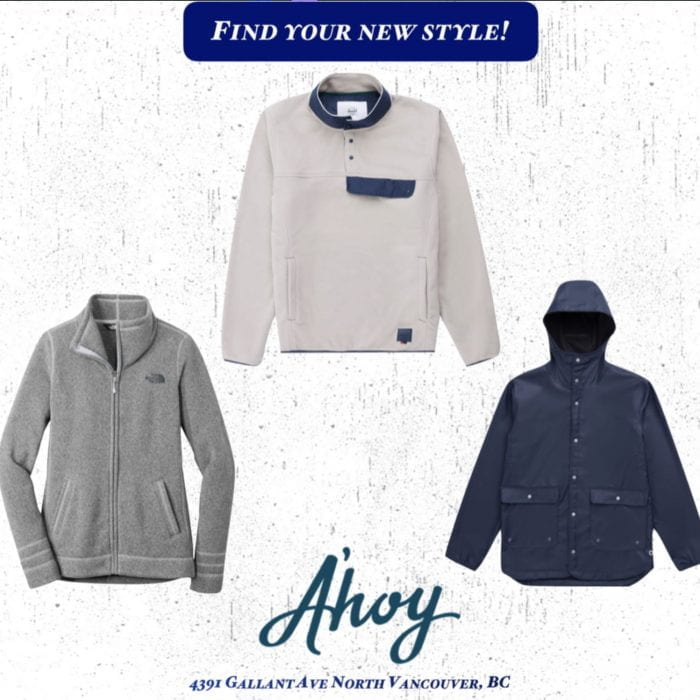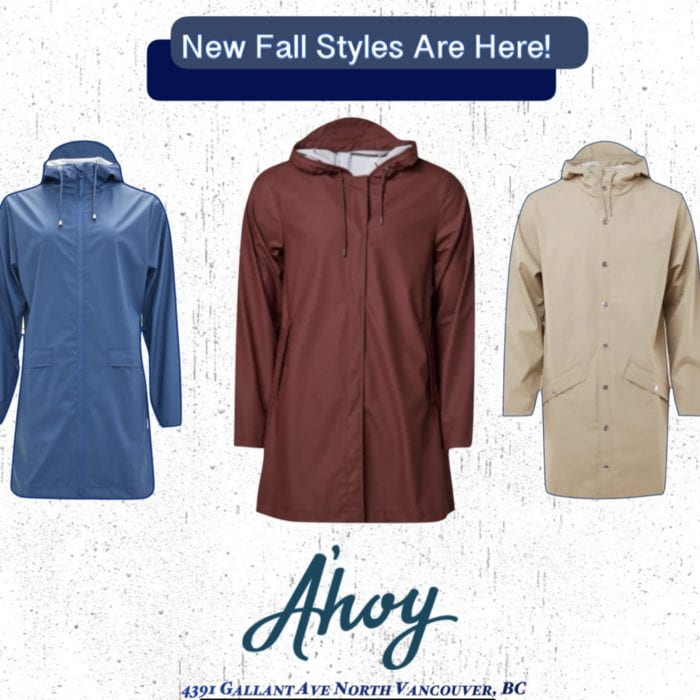In this term as a challenge, we did something that PLP has done for more than five years! It is a challenge that is completely done by students, and consists of an instant challenge and a team challenge. I cannot tell you guys about the instant challenge because it could give other teams an advantage. But, since I can still talk about the team challenge, talk about it I will do.
If you don’t already know what DI is, they are an organization that hosts global project-based learning competitions for students to compete in. If you want more information, click here. As PLP students, we compete in these challenges, and for me and my group, we got the technical challenge: The Next Level. In short, there are four different categories; technical, scientific, fine arts, and engineering. The technical challenge was about making a specific storyline in a video-game style.
To start it out, we made sheets of each team members strengths and weaknesses, and decided on general roles for the project.
We also completed interference contracts, which are forms that state that we will not cheat, tell others about the contract, or use other people’s ideas. We completed other worksheets to decide on the storyline and specify things that must be completed.

All throughout this project, our team hub for communication was constantly being updated with what has to be done, what has been done, and certain events to prepare for. Once our group decided on what storyline to use, we wrote the first version of our script. This script would be revised later to check certain boxes, but the general idea was always the same.
Then, it was time for the instant challenge to be released. I cannot talk about the instant challenge, so I will skip over it. But, I can say that it was quite a hustle to get done, but we did do it in the end.
We also had to complete tournament data forms, which include an expense report and questionnaire, as well as safety forms.
We also completed meeting notes every time our group met, resulting in thirteen individual notes.

After we finished writing our final script we moved on to filming. The script had three other revisions before we used the final one. In collaboration with Noah, we made the tool (I made the lower body, he made the upper body) and worked together to refine it. Here is a small worksheet reflecting on my D.I. Experience:

We finally started filming on the last week before we put in our team challenge video. Our editor had a very small amount of time to edit this, so shout out to him! We also filmed and scripted a Q&A video to go along with our main one. We finished the final challenge video, and you can check it here.
Go check my group member’s blogs as well:
Also, here is the full tournament award stream. Anyways, thanks for reading my post. See you next time!
